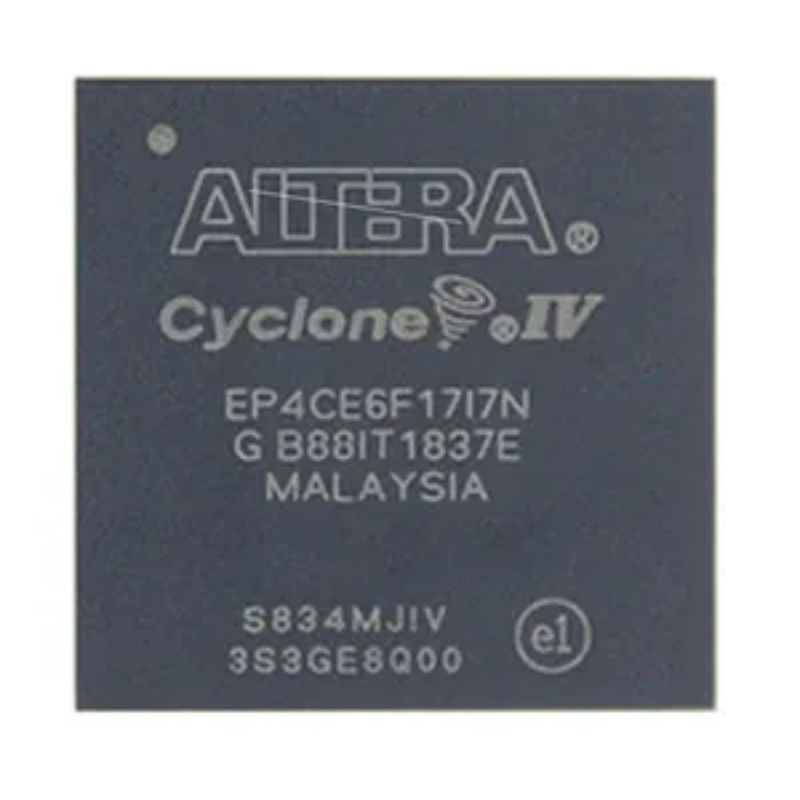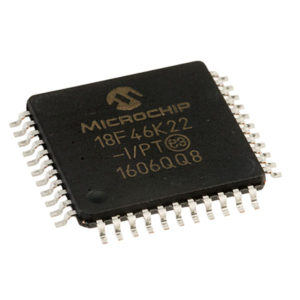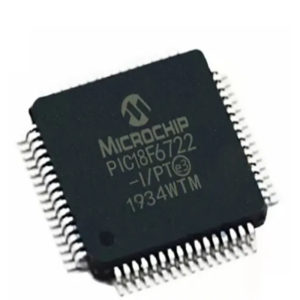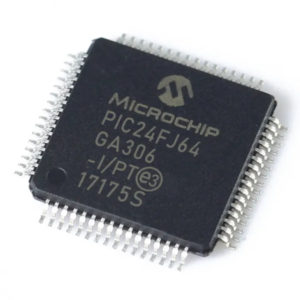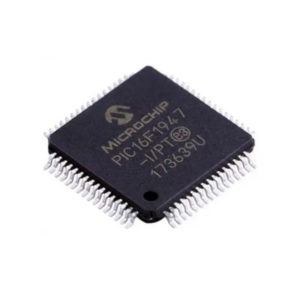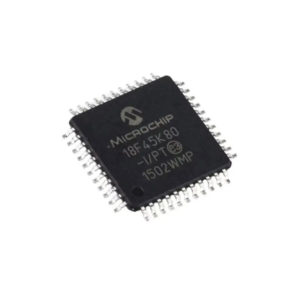EP4CE6F17I7N
| Manufacturer | Altera |
| Description | IC FPGA 179 I/O 256FBGA |
| Category | Integrated Circuit |
| Package | BGA-256 |
| Status | New & original |
| Ship From | HK/SHENZHEN |
| Stocks | 10,000 |
Please submit your BOM List or Input the part online
Description
The component “EP4CE6F17I7N” appears to be an FPGA (Field-Programmable Gate Array) from Intel’s Cyclone IV series. FPGAs in the Cyclone IV family offer a balance between performance, power consumption, and cost-effectiveness.
FPGAs are programmable integrated circuits that allow users to configure digital logic circuits and create custom digital designs. They consist of an array of configurable logic blocks, interconnects, and I/O (input/output) resources. The configuration of an FPGA can be modified or reprogrammed to implement different logic functions or complex digital systems.
Based on the naming convention used by Intel for their FPGA products, we can assume that “EP4CE6F17I7N” represents a specific variant, speed grade, or package type details of the FPGA.
The application of the “EP4CE6F17I7N” FPGA would depend on its characteristics, features, and the requirements of the project or system it is being used in. Generally, FPGAs like the Cyclone IV series find applications in various fields, including:
1. Embedded systems: FPGAs can be integrated into embedded systems to provide customizable and reconfigurable hardware functionality. They are often used in applications such as automotive electronics, industrial control systems, and medical devices.
2. Communication systems: FPGAs are employed in communication systems for tasks such as protocol conversion, signal processing, and data packet routing. They can be used in applications like network routers, wireless base stations, and telecommunications equipment.
3. Digital signal processing: FPGAs are well-suited for digital signal processing tasks, such as audio and video processing, speech recognition, and software-defined radio.
4. Test and measurement: FPGAs can be used in test and measurement equipment for tasks such as data acquisition, signal generation, and protocol emulation.



















































